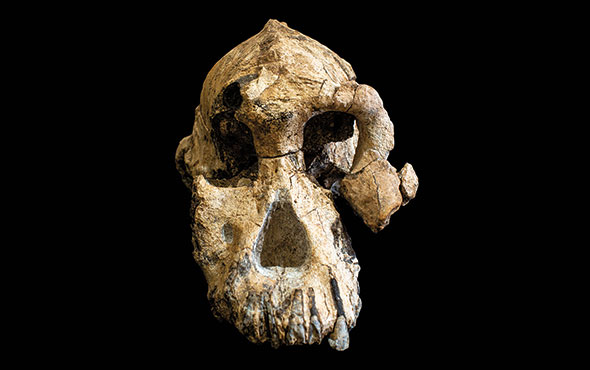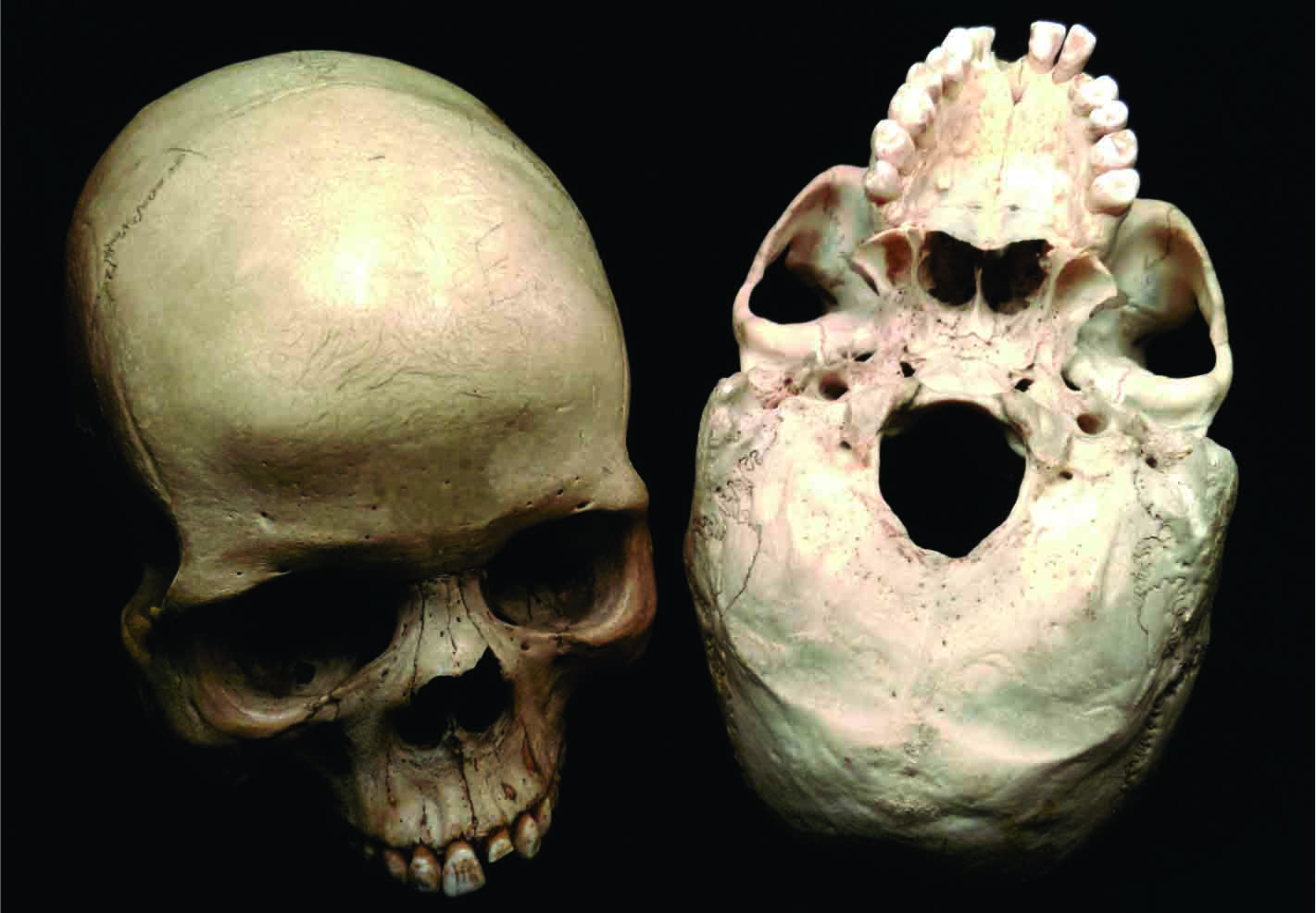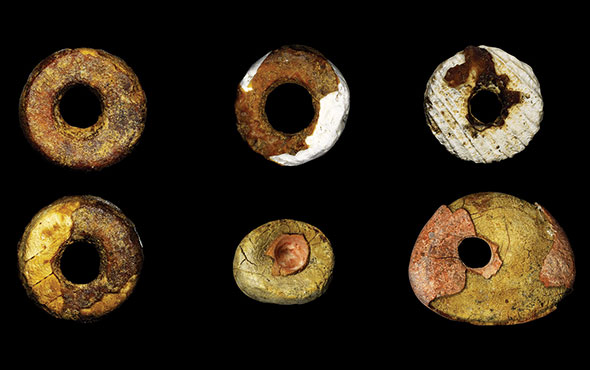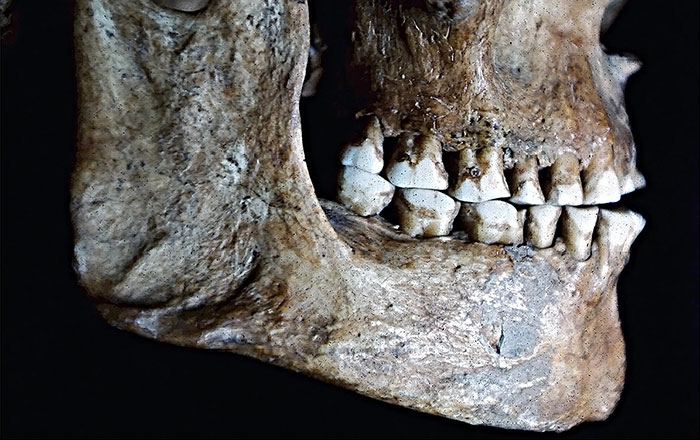
LEIPZIG, GERMANY—Science Magazine reports that a nearly complete skull dating to 3.8 million years ago has been discovered in Ethiopia. Cleveland Museum of Natural History paleoanthropologist Yohannes Haile-Selassie says the skull belongs to the human ancestor Australopithecus anamensis, thought to have lived as early as 4.2 million years ago and known mainly by its jaws and teeth. Named MRD after Miro Dora, the site where it was found, this individual probably had a brain about the size of that of a chimpanzee, jutting cheekbones, elongated canine teeth, and oval-shaped earholes. It had been previously thought that Australopithecus anamensis, which was identified in 1995, gave rise to Australopithecus afarensis, made famous by the discovery of “Lucy” in 1974. The new discovery suggests, however, that the two species coexisted for a period of about 100,000 years. Australopithecus afarensis is also known for its bigger brain and flatter face, Haile-Selassie explained, calling into question the ancestry of later hominins who also had projecting cheekbones and oval-shaped earholes that resembled those of Australopithecus anamensis. To read about the oldest known hominin footprints, go to "Proof in the Prints."










